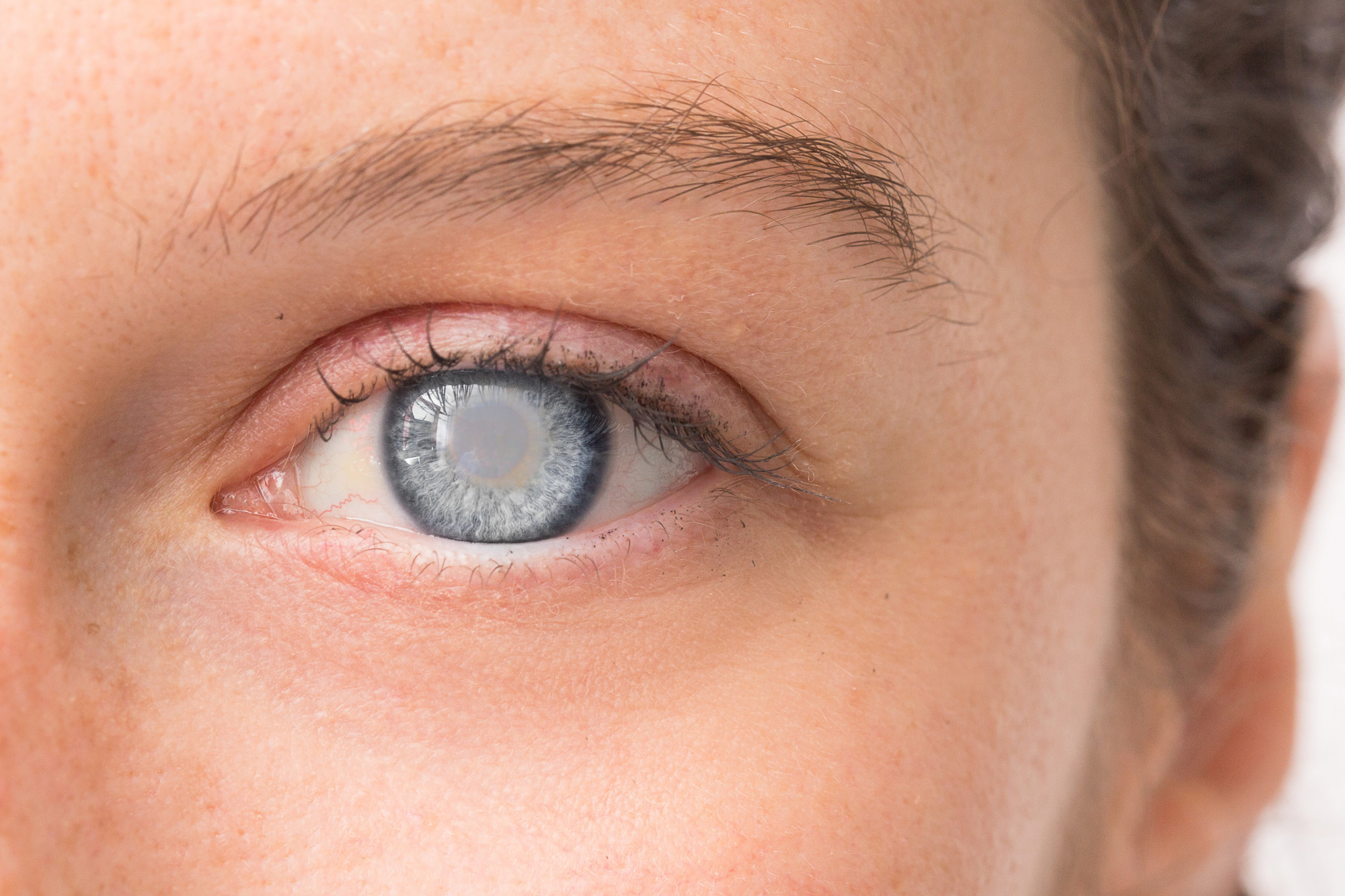
Clear Vision Ahead: Understanding Cataracts
Embark on a journey to clarity as we explore cataracts, a common eye condition that affects millions of people worldwide.
What Are Cataracts?
Cataracts are a prevalent eye condition characterized by the clouding of the eye’s natural lens, which leads to blurry vision and other visual disturbances. This clouding typically develops gradually over time and can occur in one or both eyes. Cataracts are most commonly associated with aging but can also be caused by factors such as genetics, diabetes, and prolonged exposure to ultraviolet light.
Symptoms and Signs
Recognizing the symptoms of cataracts is essential for early detection and treatment. Common signs of cataracts include blurred or cloudy vision, difficulty seeing at night or in dim lighting, increased sensitivity to glare, and a gradual fading or yellowing of colors. Additionally, individuals with cataracts may experience frequent changes in eyeglass or contact lens prescriptions and may notice halos around lights.
Risk Factors and Causes
While aging is the primary risk factor for cataracts, several other factors can increase the likelihood of developing this condition. These include a family history of cataracts, certain medical conditions such as diabetes and hypertension, prolonged exposure to ultraviolet radiation from the sun, smoking, and the use of certain medications such as corticosteroids. Understanding these risk factors can help individuals take proactive steps to protect their vision and reduce their risk of developing cataracts.
Diagnosis and Screening
Diagnosing cataracts typically involves a comprehensive eye examination performed by an ophthalmologist or optometrist. During the exam, the eye care professional will assess visual acuity, examine the lens for signs of clouding, and perform various tests to evaluate the overall health of the eyes. These may include a slit-lamp examination, which allows for detailed examination of the eye’s structures, as well as other specialized tests to assess visual function and detect cataracts.
Treatment Options
While there is currently no way to prevent cataracts from developing, several treatment options are available to manage the condition and restore clear vision. In the early stages, cataracts may be managed with prescription glasses or contact lenses to improve vision. However, as the cataract progresses and begins to interfere with daily activities such as driving or reading, surgery may be recommended. Cataract surgery involves removing the clouded lens and replacing it with an artificial intraocular lens (IOL) to restore clear vision.
Lifestyle Modifications
In addition to seeking medical treatment, making certain lifestyle modifications can help individuals manage cataracts and protect their vision. These include wearing sunglasses with UV protection to shield the eyes from harmful ultraviolet rays, maintaining a healthy diet rich in antioxidants and nutrients that support eye health, quitting smoking, and managing underlying medical conditions such as diabetes and hypertension. By taking proactive steps to care for their eyes, individuals can optimize their visual health and reduce their risk of developing cataracts.
Living with Cataracts
Living with cataracts can present challenges, but with proper management and support, individuals can continue to enjoy a high quality of life. Simple adjustments such as improving lighting at home, using magnifying devices for reading, and avoiding driving at night can help individuals cope with vision changes caused by cataracts. Additionally, staying connected with healthcare providers and attending regular eye exams is essential for monitoring the progression of cataracts and adjusting treatment as needed.
Educating and Raising Awareness
Raising awareness about cataracts is crucial for promoting early detection and treatment and reducing the burden of this common eye condition. Educating individuals about the risk factors, symptoms, and treatment options for cataracts empowers them to take control of their eye health and seek timely care when needed. By sharing information about cataracts through community outreach programs, educational materials, and social media campaigns, we can help ensure that everyone has access to the resources they need to protect their vision and enjoy clear sight for years to come.
Seeking Support and Guidance
If you or someone you know is experiencing symptoms of cataracts or has concerns about their vision, it’s essential to seek support and guidance from a qualified eye care professional. Whether it’s scheduling a comprehensive eye exam, discussing treatment options, or addressing any questions or concerns, ophthalmologists and optometrists are valuable resources for managing cataracts and preserving vision. Don’t delay – prioritize your eye health today and take the first step toward clear vision and a brighter future.


